Md. Rajibul Islam
BDSL 49: A Comprehensive Dataset of Bangla Sign Language
Aug 14, 2022
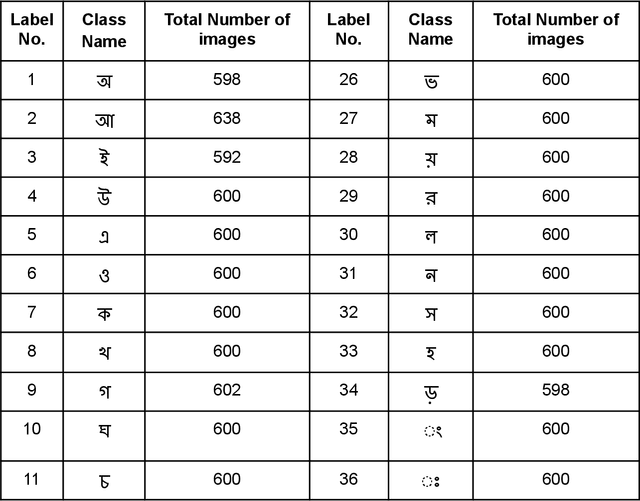
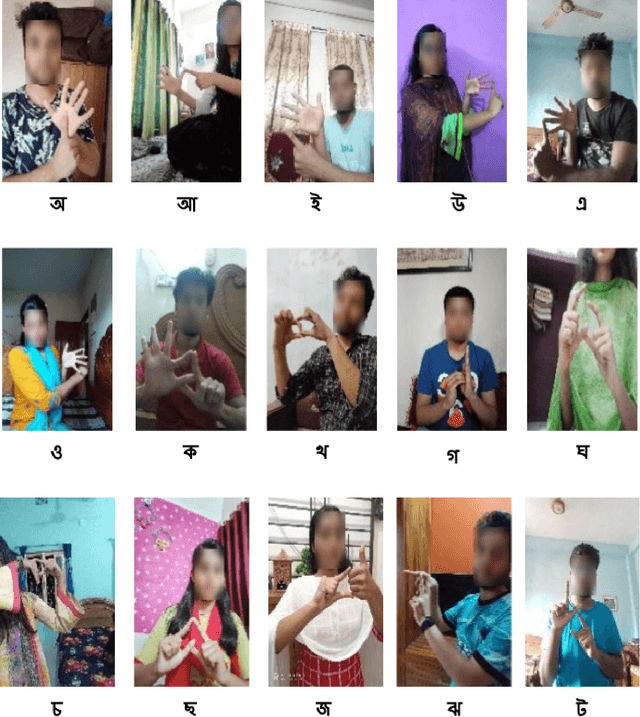
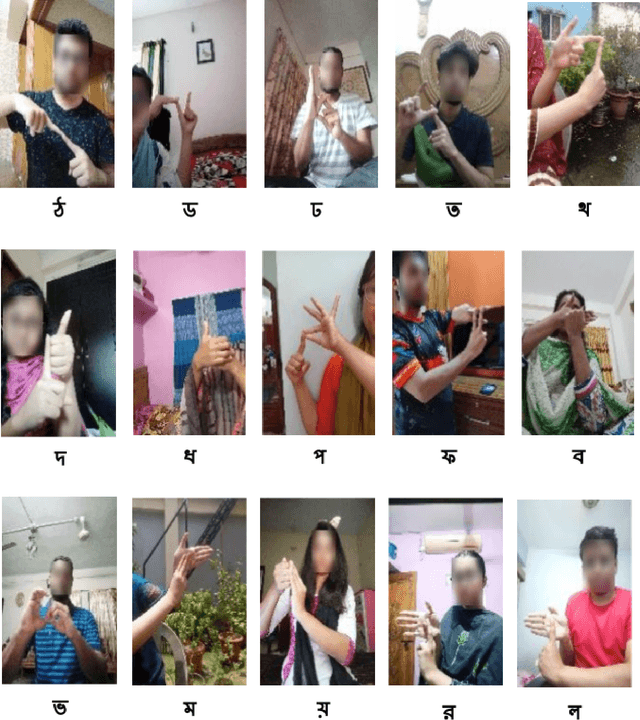
Abstract:Language is a method by which individuals express their thoughts. Each language has its own set of alphabetic and numeric characters. People can communicate with one another through either oral or written communication. However, each language has a sign language counterpart. Individuals who are deaf and/or mute communicate through sign language. The Bangla language also has a sign language, which is called BDSL. The dataset is about Bangla hand sign images. The collection contains 49 individual Bangla alphabet images in sign language. BDSL49 is a dataset that consists of 29,490 images with 49 labels. Images of 14 different adult individuals, each with a distinct background and appearance, have been recorded during data collection. Several strategies have been used to eliminate noise from datasets during preparation. This dataset is available to researchers for free. They can develop automated systems using machine learning, computer vision, and deep learning techniques. In addition, two models were used in this dataset. The first is for detection, while the second is for recognition.
Clustering Algorithms to Analyze the Road Traffic Crashes
Aug 07, 2021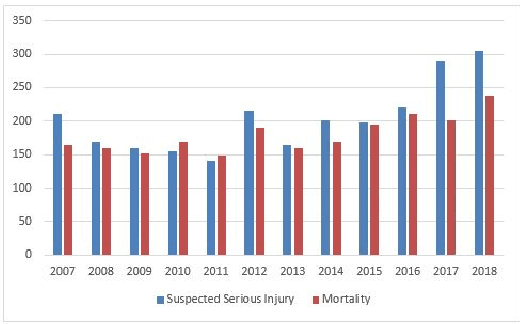
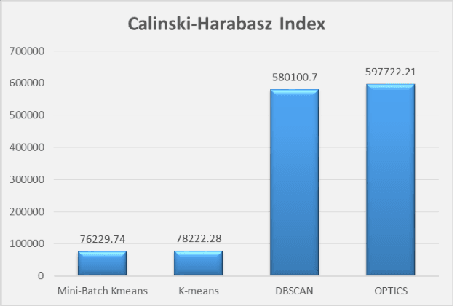
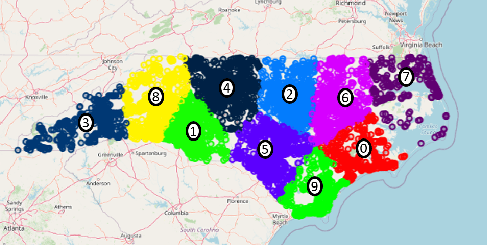
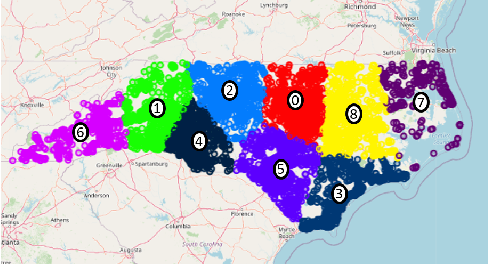
Abstract:Selecting an appropriate clustering method as well as an optimal number of clusters in road accident data is at times confusing and difficult. This paper analyzes shortcomings of different existing techniques applied to cluster accident-prone areas and recommends using Density-Based Spatial Clustering of Applications with Noise (DBSCAN) and Ordering Points To Identify the Clustering Structure (OPTICS) to overcome them. Comparative performance analysis based on real-life data on the recorded cases of road accidents in North Carolina also show more effectiveness and efficiency achieved by these algorithms.
* 6 pages, 10 figures, 2 tables
 Add to Chrome
Add to Chrome Add to Firefox
Add to Firefox Add to Edge
Add to Edge